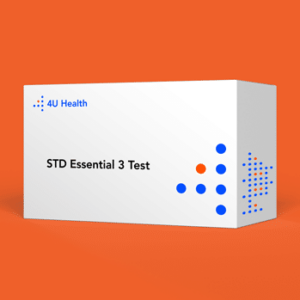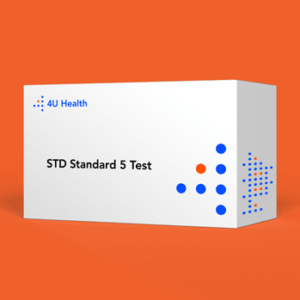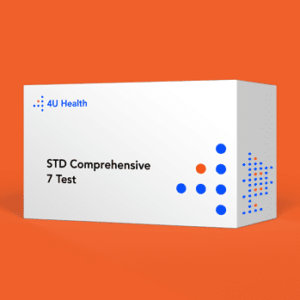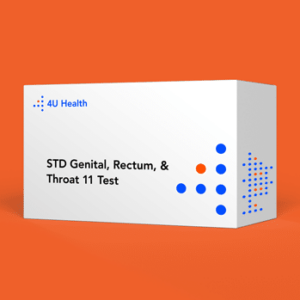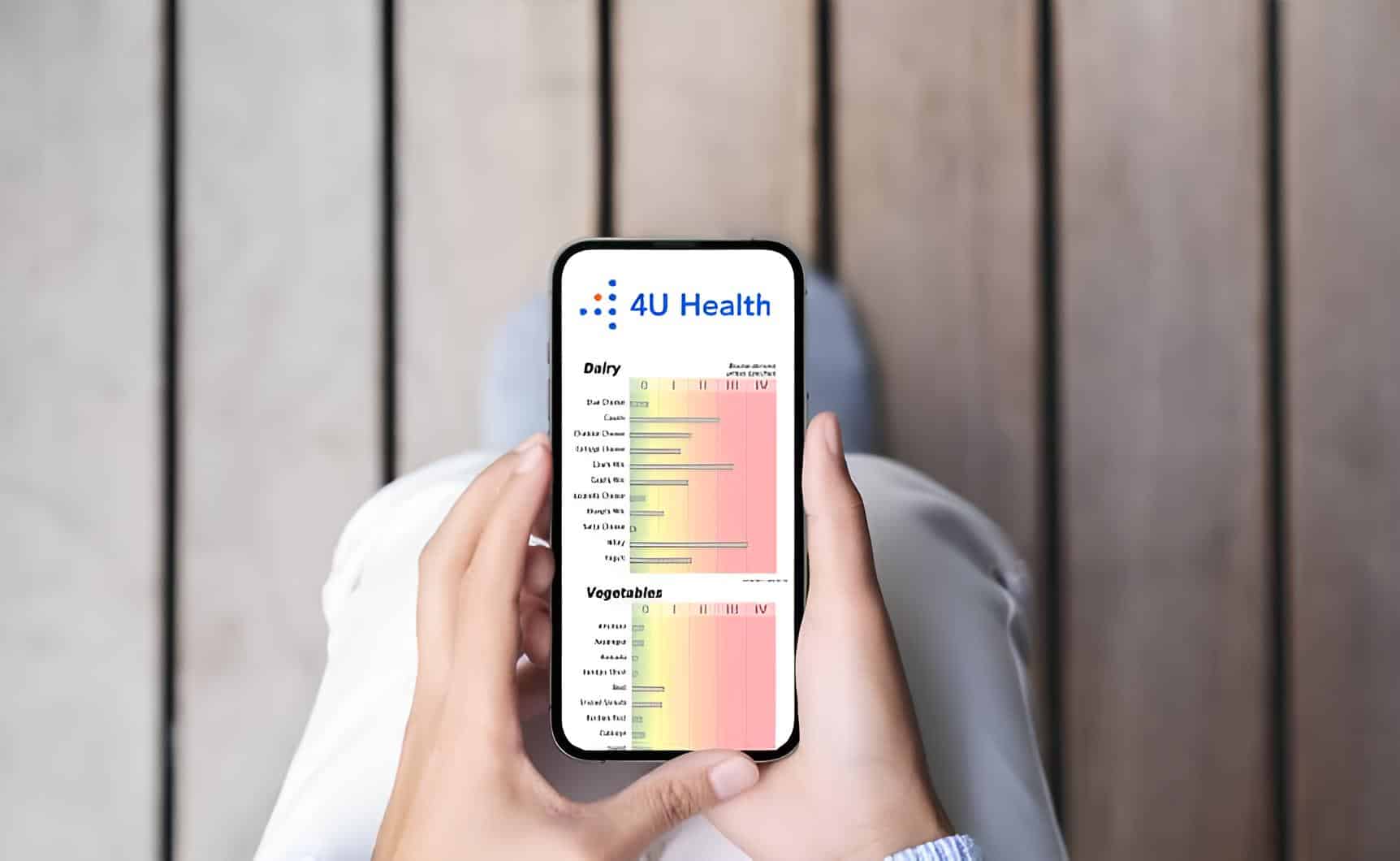What Are Symptoms of STD in Female?
Sexually transmitted diseases (STDs) can cause a variety of symptoms in females. It’s important to note that not all STDs cause noticeable symptoms, and some infections may initially be asymptomatic. However, here are some common symptoms that females may experience if they have an STD.
STD Symptoms Women
Abnormal vaginal discharge: Changes in the color, consistency, or odor of vaginal discharge. It may be frothy, yellow, green, or have a strong, unpleasant odor.
Genital itching or irritation: Persistent itching, soreness, or irritation in the genital area.
Pain or discomfort during urination: A burning sensation or pain while urinating.
Pain during sexual intercourse: Pain or discomfort during or after sexual activity.
Genital sores or ulcers: Open sores, blisters, or ulcers on or around the genital area. They may be painful or painless.
Abdominal pain or pelvic pain: Pain in the lower abdomen or pelvic region, which may be mild or severe.
Bleeding between periods or after sex: Unusual vaginal bleeding that occurs outside of your regular menstrual cycle or after sexual intercourse.
Swollen lymph nodes: Enlarged, tender lymph nodes in the groin area or other parts of the body.
Flu-like symptoms: Some STDs, such as gonorrhea or chlamydia, can cause symptoms similar to the flu, including fever, fatigue, and body aches.
It’s important to remember that these symptoms can vary depending on the specific STD. Some STDs may not cause any symptoms at all or may have mild symptoms that can be easily overlooked. If you suspect you may have an STD or have engaged in risky sexual behavior, it is crucial to seek medical attention for testing, diagnosis, and treatment.
What Are STD Symptoms Men?
Men can experience a range of symptoms when infected with sexually transmitted diseases (STDs). It is worth noting that not all STDs display noticeable symptoms, and some infections may initially show no symptoms. However, here are several common symptoms that men may encounter if they have an STD.
STD Symptoms Male
Unusual discharge from the penis: Abnormal discharge that may appear white, yellow, green, or cloudy, accompanied by a foul smell.
Genital itching or irritation: Persistent itching, redness, or irritation in the genital area.
Pain or discomfort during urination: A burning sensation or pain while urinating.
Pain during or after sexual intercourse: Discomfort or pain experienced during or after sexual activity.
Genital sores or ulcers: Open sores, blisters, or ulcers on or around the penis, scrotum, or anal area. These sores may or may not be painful.
Testicular pain or swelling: Pain or swelling in the testicles, often accompanied by a feeling of heaviness.
Swollen lymph nodes: Enlarged and tender lymph nodes in the groin area or other parts of the body.
Redness or swelling at the opening of the penis: Inflammation, redness, or swelling at the tip of the penis.
Flu-like symptoms: Some STDs, such as gonorrhea or syphilis, can produce flu-like symptoms like fever, fatigue, and body aches.
It is important to bear in mind that symptoms can vary depending on the specific STD. Some STDs may not cause any noticeable symptoms or may only present mild symptoms that can be easily overlooked. If there is a suspicion of having an STD or engaging in risky sexual behavior, seeking medical attention for testing, diagnosis, and treatment is crucial.
Is an Itchy Anus an STD?
An itchy anus can be caused by various factors, and while some sexually transmitted infections (STIs) can cause anal itching, it is not exclusive to STIs. There are several non-STI-related conditions that can lead to anal itching, including:
Poor hygiene: Insufficient cleaning of the anal area can result in irritation and itching.
Hemorrhoids: Swollen blood vessels in the rectal area can cause itching and discomfort.
Anal fissures: Small tears in the lining of the anus can cause itching and pain.
Yeast infections: Candida or other types of yeast infections can occur in the anal region and lead to itching.
Pinworms: A parasitic infection caused by pinworms can cause intense itching around the anus, especially at night.
Anal STD Symptoms
Sexually transmitted infections (STIs) that can be transmitted through anal sex can cause various symptoms in the anal region. It’s important to note that not all STIs cause noticeable symptoms, and some infections may be asymptomatic. However, here are some common symptoms that may occur if an STI affects the anus or rectum:
Anal itching or irritation: Persistent itching, redness, or discomfort in the anal area.
Pain or discomfort during bowel movements: Pain or discomfort while passing stools.
Rectal discharge: Unusual discharge from the anus, which may be accompanied by a foul odor.
Anal bleeding: Bleeding from the anus, which can range from mild spotting to more significant bleeding.
Sores or ulcers: Open sores, blisters, or ulcers in or around the anus.
Swelling or inflammation: Swelling, redness, or inflammation of the anal area.
Changes in bowel habits: Diarrhea or constipation that is not attributable to other causes.
Flu-like symptoms: Some STIs, such as primary syphilis or acute HIV infection, can cause flu-like symptoms, including fever, fatigue, and body aches.
What STD Causes Vaginal Itching?
Several sexually transmitted infections (STIs) can cause vaginal itching. Here are some common STIs that may lead to vaginal itching as a symptom:
Trichomoniasis: Trichomoniasis is caused by a parasite called Trichomonas vaginalis. It can cause vaginal itching, along with other symptoms such as abnormal vaginal discharge (yellow-green, frothy, or foul-smelling), discomfort during urination, and vaginal redness.
Genital herpes: Herpes simplex virus (HSV) can cause genital herpes, which can result in itching, tingling, or a burning sensation in the genital area. This may be accompanied by the development of painful blisters or sores.
Chlamydia: Chlamydia is caused by the bacterium Chlamydia trachomatis. While chlamydia infection may not always cause noticeable symptoms, some individuals may experience vaginal itching or irritation, along with other symptoms such as abnormal vaginal discharge, pain during urination, or pain during sexual intercourse.
Gonorrhea: Gonorrhea is caused by the bacterium Neisseria gonorrhoeae. It can cause vaginal itching, along with symptoms like abnormal vaginal discharge, pain or burning during urination, and increased frequency of urination.
Vaginal STD Symptoms
Sexually transmitted infections (STIs) can cause various symptoms in the vaginal area. It’s important to note that not all STIs cause noticeable symptoms, and some infections may be asymptomatic. However, here are some common symptoms that may occur if an STI affects the vagina:
Abnormal vaginal discharge: Changes in vaginal discharge color, consistency, or odor. It may be white, yellow, green, gray, frothy, or have a foul smell.
Vaginal itching or irritation: Persistent itching or discomfort in the vaginal area.
Vaginal sores or ulcers: Open sores, blisters, or ulcers in or around the vagina.
Pain or discomfort during urination: A burning sensation or pain while urinating.
Pain or discomfort during sexual intercourse: Pain or discomfort during or after sexual activity.
Vaginal bleeding: Unusual vaginal bleeding, such as between periods or after sexual intercourse.
Swelling or redness: Swelling, redness, or inflammation of the vaginal area.
Pelvic pain: Persistent pain or discomfort in the pelvic region.
It’s important to note that vaginal itching and other symptoms in the vaginal area can have various causes, including non-STI-related factors such as yeast infections (e.g., candidiasis) or allergic reactions.
What Are STI in Throat Symptoms?
STIs can occasionally cause symptoms in the throat, especially if transmitted through oral sex. However, it’s worth noting that not all STIs result in noticeable throat symptoms, and some infections may not show any signs. Nevertheless, here are common symptoms that may arise if an STI affects the throat.
Symptoms of STI in Throat
Sore throat: Persistent or recurring discomfort in the throat.
Difficulty swallowing: Pain or challenges when swallowing food or liquids.
Redness or inflammation: The throat may appear swollen, red, or inflamed.
Tonsillitis: Infection or inflammation of the tonsils, leading to soreness and swelling.
White patches or spots: Presence of white patches, spots, or lesions on the throat or tonsils.
Hoarseness or voice changes: Changes in the voice, such as hoarseness or a raspy voice.
Coughing or mucus production: Frequent coughing or the coughing up of mucus.
It’s important to remember that these symptoms can also be caused by various other conditions, not solely STIs. If you suspect exposure to an STI through oral sex or experience any of these symptoms, you can get a throat swab STD test online at 4UHealth.
When do symptoms of STD start?
The time when std symptoms start for sexually transmitted diseases (STDs) can differ based on the specific infection and individual factors. In certain cases, symptoms may arise within days or weeks after exposure to an infected person, while in other situations, it may take months for symptoms to develop, or a person may not experience any symptoms at all. Here is a summary of when symptoms may begin for common STDs.
STI Symptoms Timeline
Chlamydia: Symptoms may appear within 2 weeks after exposure, although many individuals may not experience any symptoms.
Gonorrhea: Symptoms may manifest within 14 days after exposure, but many people may not have noticeable symptoms.
Syphilis: The initial symptoms, including painless sores called chancres, usually appear within 10 to 90 days after exposure. If left untreated, the infection progresses through various stages, and symptoms may recur years later.
Genital herpes: Symptoms can arise within 2 to 12 days after exposure, but it’s important to note that herpes can also be asymptomatic or have very mild symptoms that go unnoticed.
Human papillomavirus (HPV): Many HPV infections do not cause symptoms, and the virus can clear up on its own. Visible genital warts may appear weeks, months, or even years after exposure to an infected partner.
HIV/AIDS: Some individuals may experience flu-like symptoms, such as fever, fatigue, and body aches, within 2 to 4 weeks after contracting HIV. However, it’s important to remember that HIV can remain asymptomatic for years.
Hepatitis C: Symptoms of hepatitis C (HCV) may not appear for many years after initial infection. In fact, approximately 70-80% of people with acute HCV infection do not have noticeable symptoms.
It’s crucial to understand that the presence or absence of symptoms does not definitively indicate the presence of an STD. Regular testing and practicing safe sex are vital for early detection, appropriate treatment, and prevention of further transmission. If there is a suspicion of exposure to an STD, it is advised you consult a healthcare provider or undergo a self STI check with an at home STD Test.

